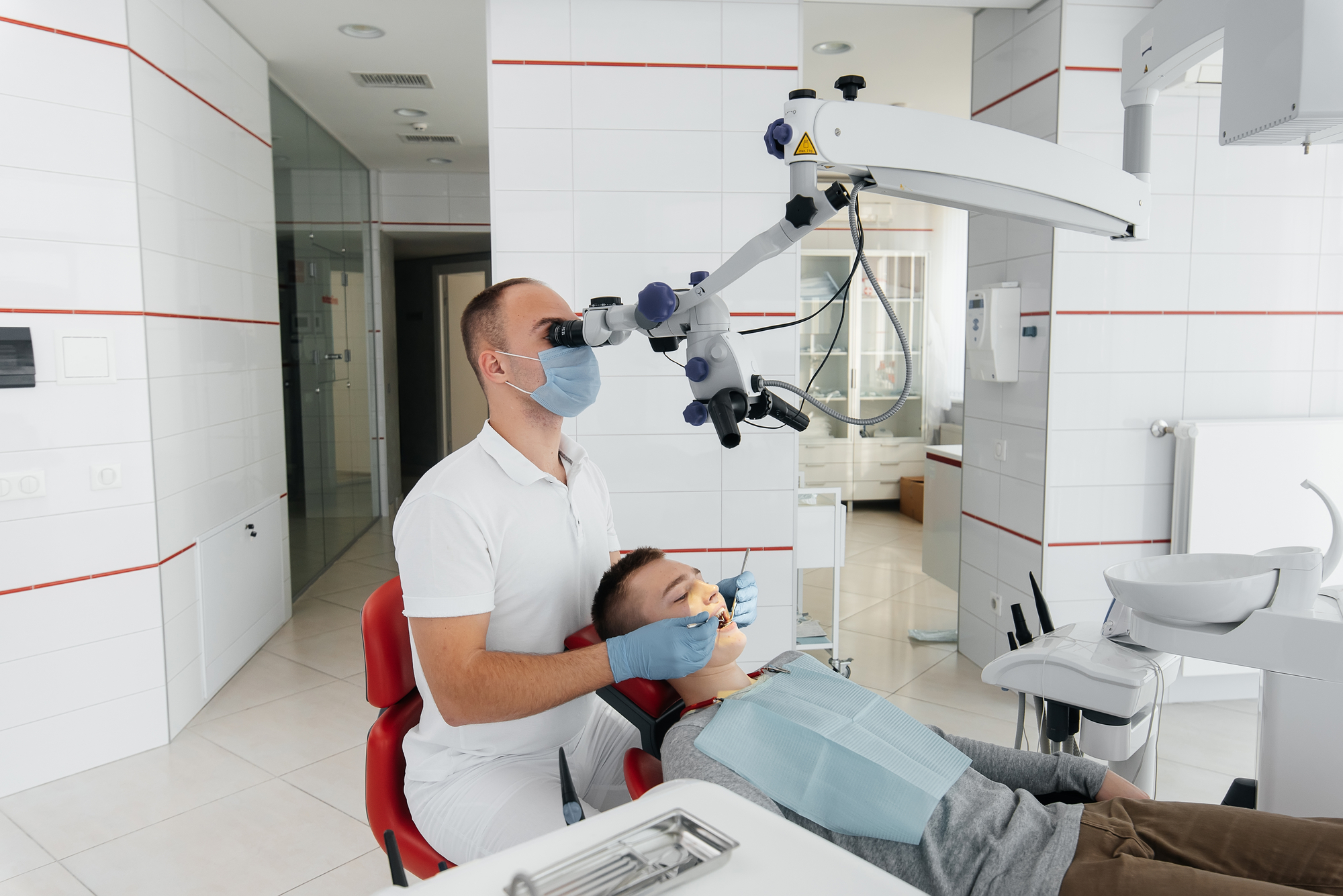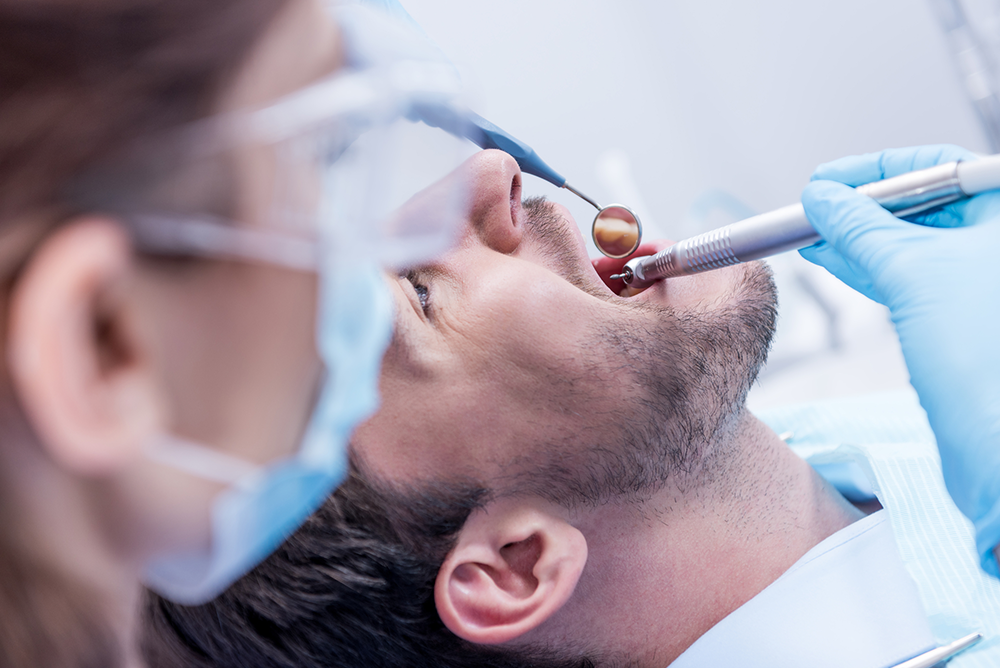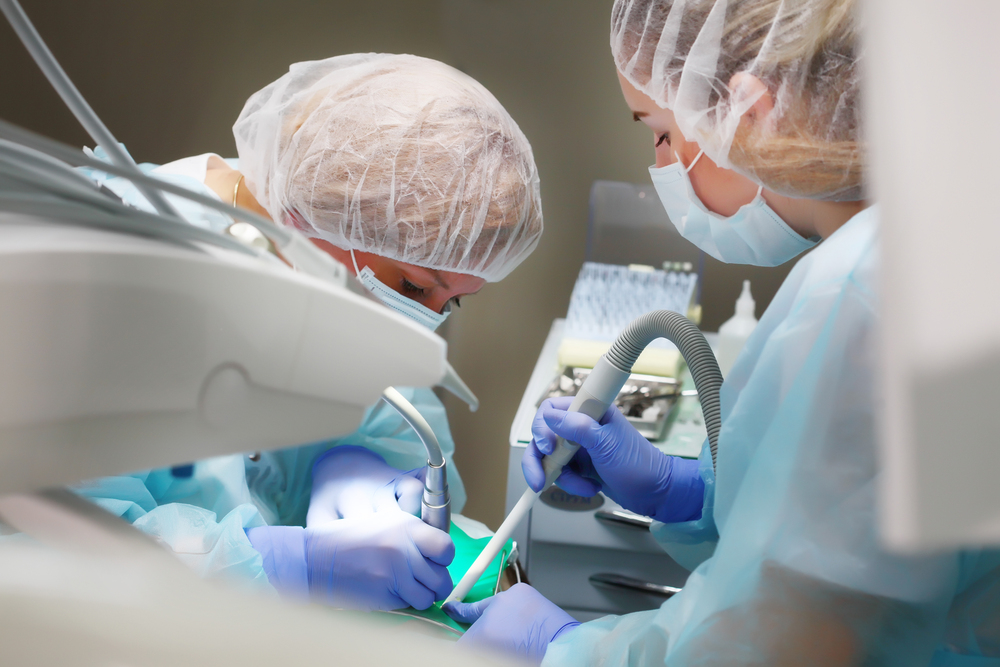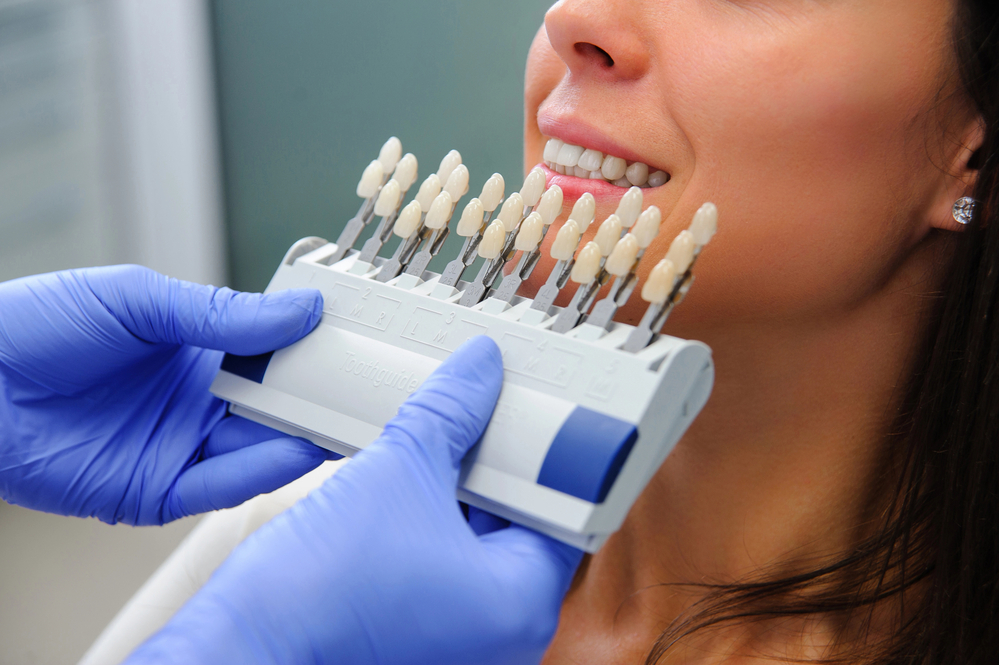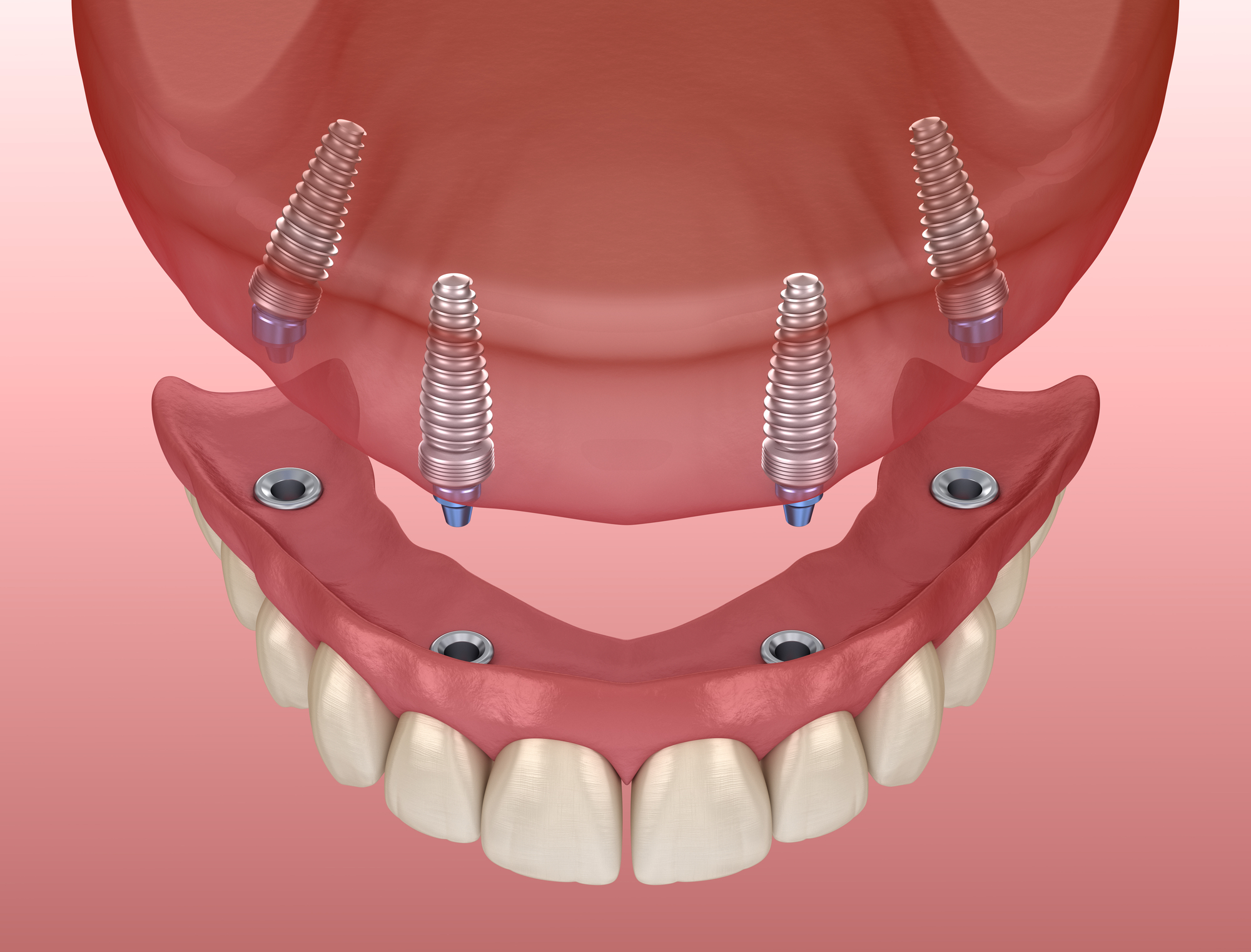Parents often use growth charts to track their child’s height, weight, and developmental milestones. But oral health follows its own set of benchmarks, equally important in shaping a child’s overall well-being. Just as pediatricians measure physical growth, children’s dentistry offers a framework for understanding the stages of dental development—ensuring that every tooth, gum, and habit evolves in a healthy way.
By viewing your child’s oral health through the lens of milestones, you can take proactive steps to protect their teeth, gums, and even the delicate balance of their oral microbiome—the ecosystem of bacteria, fungi, and other microorganisms that influences everything from cavity risk to immune function.
Why Dental Milestones Matter
Dental milestones serve as essential checkpoints in a child’s overall development, guiding parents and professionals in ensuring optimal oral health at every stage. In children’s dentistry, these milestones help identify when teeth should erupt, how the bite is forming, and whether habits like thumb sucking or improper brushing need attention. By following the progression of dental milestones, children’s dentistry professionals can detect potential issues early, such as crowding or enamel weaknesses, and recommend timely interventions. More than just a clinical tool, tracking milestones in children’s dentistry empowers parents to be proactive, turning routine care into a foundation for a lifetime of healthy smiles. Dental milestones give parents a roadmap. Instead of reacting to problems like cavities or gum inflammation, you can anticipate changes and prepare for them. Each stage—from the eruption of the first baby tooth to the final set of permanent molars—presents unique opportunities for prevention, education, and habit-building. In children’s dentistry, milestones are more than just dates on a calendar; they are checkpoints that help ensure your child’s mouth develops in harmony with the rest of their growing body.The First Tooth: Laying the Foundation (6–12 months)
The eruption of the first tooth is a celebrated moment, but it’s also the point at which dental care officially begins. Even before teeth appear, parents can gently clean a baby’s gums with a soft cloth. Once that first tooth breaks through, use a soft-bristled brush designed for infants. At this early stage, the oral microbiome begins to stabilize. The types of bacteria present in your baby’s mouth will influence how susceptible they are to cavities and gum issues later. Avoid sharing spoons or cleaning pacifiers with your mouth, as this can transfer cavity-causing bacteria.Full Set of Baby Teeth: Practice for the Future (2–3 years)
By age three, most children have a complete set of 20 primary teeth. These “practice” teeth play a critical role in guiding jaw growth, maintaining space for permanent teeth, and helping children learn to speak clearly. Children’s dentistry at this stage focuses on teaching brushing and flossing skills, monitoring fluoride intake, and introducing the idea of dental visits as something positive. A healthy oral microbiome now will help protect these teeth from decay, which is crucial since untreated cavities in baby teeth can affect the development of permanent teeth.First Dental Visit: The Earlier, the Better
The American Academy of Pediatric Dentistry recommends the first dental visit by age one or within six months of the first tooth erupting. Early visits help detect developmental issues, give parents personalized guidance, and create positive associations with dental care. This is also when a pediatric dentist can evaluate the oral microbiome’s balance, offering advice on diet and hygiene that supports beneficial bacteria and reduces harmful strains.Mixed Dentition: The Transition Years (6–12 years)
Around age six, children begin losing their baby teeth and gaining their first permanent molars. This period—called the mixed dentition stage—requires extra care. New permanent teeth have softer enamel and are more vulnerable to decay. Dietary choices, brushing habits, and the state of the oral microbiome become especially important here. Sugary snacks, acidic drinks, and poor cleaning can allow harmful bacteria to dominate, increasing the risk of cavities and gum disease. Sealants and fluoride treatments may be recommended to strengthen enamel during this vulnerable period.Adolescent Milestones: Beyond Straight Teeth (12–18 years)
By the teenage years, most permanent teeth are in place, but growth and oral changes are not complete. Wisdom teeth may start to emerge, orthodontic treatments may be underway, and hormones can influence gum sensitivity. Children’s dentistry for adolescents focuses on reinforcing independence in oral hygiene, protecting the teeth during sports, and managing dietary choices that can disrupt the oral microbiome. At this age, harmful bacterial imbalances can set the stage for chronic gum issues in adulthood, so regular check-ups remain vital.Tracking Oral Health Like a Growth Chart
Think of dental milestones as the equivalent of measuring your child’s height and weight—an ongoing, structured way to ensure they are on track. A “dental growth chart” might include:- First tooth eruption date
- Number and condition of teeth at each check-up
- Gum health assessments
- Jaw growth and bite alignment progress
- Oral microbiome stability
How the Oral Microbiome Fits In
The oral microbiome is as critical to your child’s oral health as the gut microbiome is to digestion. A balanced microbiome helps prevent cavities, protects gums, supports the immune system, and even affects how certain nutrients are absorbed. Factors that nurture a healthy oral microbiome in children include:- Consistent brushing and flossing to remove harmful bacterial buildup
- Balanced nutrition with minimal processed sugar
- Regular dental check-ups to monitor bacterial balance
- Adequate hydration to support saliva’s natural cleansing role

